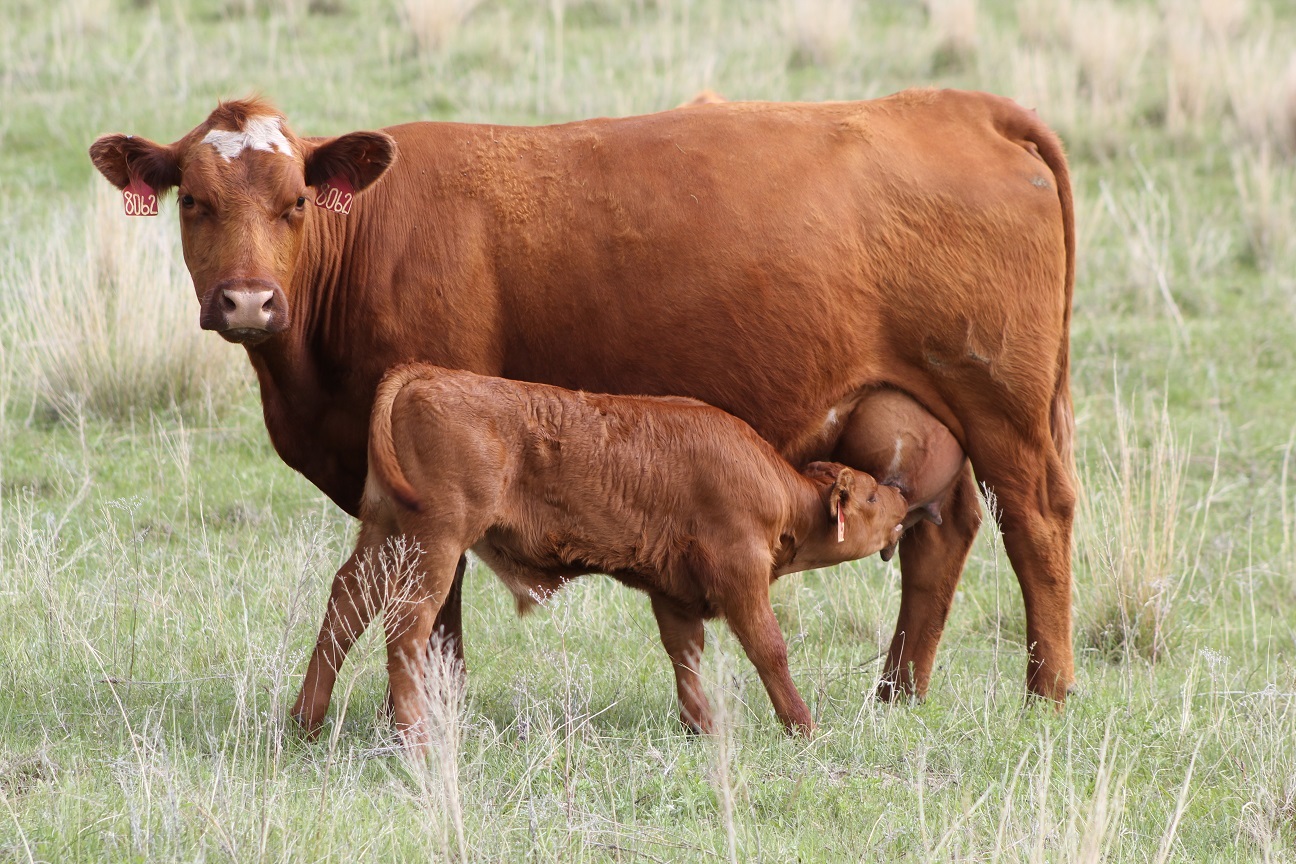Cow Udder Score and Calf Performance in the Nebraska Sandhills – A Review

Listen to a discussion of the content in this article on this episode of the BeefWatch podcast. You can subscribe to new episodes in iTunes or paste http://feeds.feedburner.com/unlbeefwatch into your podcast app.
This article is a summary of the 2019 Nebraska Beef Cattle Report “The Effect of Cow Udder Score on Subsequent Calf Performance in the Nebraska Sandhills”. Joslyn K. Beard, Jacki A. Musgrave, Rick N. Funston and J. Travis Mulliniks were collaborators on this research study and report. The report is summarized by Aaron Berger, Nebraska Extension Beef Educator.
Frequently, cows having poor udder conformation are culled from herds. Research has indicated that defects in teat shape and size may inhibit a calf’s ability to nurse, negatively impacting milk intake and calf gain. Other research findings have reported calves sucking dams with only one functional teat had similar growth and performance as compared to calves sucking dams with all functional teats. This study sought to evaluate the effect of beef cow udder score within March and May calving seasons on pre-and post-weaning calf performance.
Cow and calf performance data on 812 cows were collected from 2013 through 2017 at the Gudmundsen Sandhills Laboratory located near Whitman, Nebraska. Cow and subsequent calf performance data were gathered from 500 March-calving and 312 May-calving cows. Cows ranged in age at the time of calving from 2 to 11 years of age. Cows were given an udder score at calving on a 1 to 5 scale with 1 or 2 being bad and 3 or higher being good. These scores were based off of the Integrated Resource Management Guide standards for udder scoring, which is an udder and teat combined scoring system.
There were no interactions between udder score with calving season or year on calf performance; therefore, the main effect of udder score was reported. Calf birth weight, weaning weight and adjusted 205-day weight were not statistically different between progeny from cows that were identified with bad udders and cows that were identified as having good udders. Cows that were identified as having bad udders were on average older, averaging 5 years of age, as compared to cows with good udders, which averaged 4 years of age. As cows age, the udder’s suspensory ligament can deteriorate, resulting in more outward facing teats and increasing cows being classified as having bad udder conformation. Pregnancy rates were not different between the two groups of cows.
Steer calves from cows with bad udders and cows with good udders had similar feedlot entry body weight, final feedlot body weight, dry matter intake, average daily gain and feed to gain ratio. However, there was a difference in carcass performance. Steers that nursed cows with good udders had greater hot carcass weights and backfat at harvest than their counterparts from cows with bad udders. Although feedlot entry weight and final weight were similar, they were numerically greater for steers coming from cows with good udders, which may have increased hot carcass weights at harvest.
For this Red Angus X Simmental cross research herd in the Sandhills of Nebraska, udder score at the time of calving didn’t have a large impact on pre-weaning calf growth performance but did influence carcass weight at harvest. From a cowherd management perspective, this study would indicate that removing cows from the herd only for poor udder conformation may not always be justified. The cost of replacing a cow in the herd is a significant expense. Managers need to evaluate how severe poor udder conformation is and the potential impact of that on labor and calf survival at birth in making cow culling decisions.
Interviews with the authors of BeefWatch newsletter articles become available throughout the month of publication and are accessible at https://go.unl.edu/podcast.
